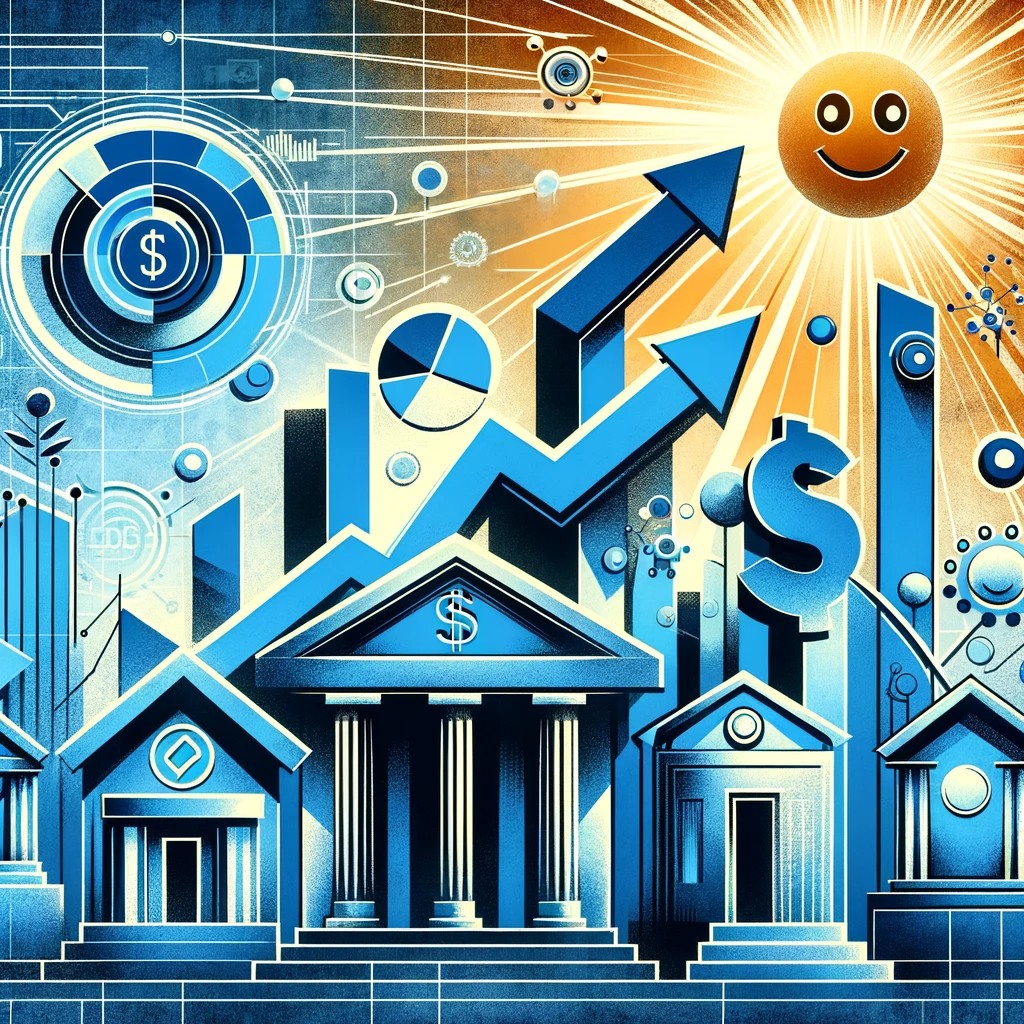The landscape of American finance is witnessing an intriguing paradox. On the one side, there’s a robust consumer resilience fueling the U.S. economy; on the other, a political backdrop where credit is scarce, particularly for the incumbent administration. As U.S. banks unfurl their quarterly reports, a narrative of sturdy consumer financial health emerges, challenging the gloomier political rhetoric and economic forecasts.
U.S. Consumer Resilience Amid Economic Flux
In the throes of the Federal Reserve’s interest rate hikes, American consumers are not just surviving; they’re seemingly thriving. This is the picture painted by the financial results and observations from the U.S.’s banking giants – JPMorgan Chase, Bank of America, Citigroup, and Wells Fargo. Their analysis shows a consumer base that, despite facing thinner wallets than during the pandemic’s peak, remains financially sound and active. This activity is critical, as consumer spending is often the linchpin of economic stability.
Charlie Scharf, Wells Fargo’s CEO, emphasized the robust financial health of consumers. Meanwhile, Alastair Borthwick of Bank of America noted that while account balances aren’t as plump as they were mid-pandemic, their customers are still actively engaging in the economy. This is a vital sign of enduring economic vitality, especially in a landscape where the specter of inflation and unemployment figures could paint a bleaker picture.
However, it’s not all rosy. The banks also noted a decline in savings compared to a year ago, with an uptick in defaults. This could signal a shift in consumer behavior, from saving to spending, a trend that could have significant economic implications if it continues.
A Complex Economic Tapestry
The financial success of these banks, particularly in their lending departments, is a double-edged sword. While beneficial for their bottom lines, it also raises questions about the broader economic landscape. JPMorgan, leading the pack, reported record profits for 2023, an indication of the high-octane performance of the lending sector under rising interest rates.
But beneath this veneer of success lies a more nuanced reality. Jeremy Barnum of JPMorgan pointed out that while retail banking customers are managing fine, loan losses and cash reserves have returned to pre-pandemic levels. This shift indicates a potential reevaluation of spending habits in the future, a scenario that could redefine consumer behavior and economic trends.
Moreover, Citi’s projection of increasing loan defaults and the potential for a peak in 2024 adds a layer of caution to this otherwise optimistic outlook. Jane Fraser of Citi remains hopeful, expecting inflation to continue its downward trajectory and the U.S. to be well-positioned against possible economic downturns.
Yet, the U.S. consumer’s financial cushion, significantly bolstered by unprecedented government stimulus during the pandemic, is showing signs of wear. This, coupled with the banks’ increasing provisions for loan losses, points to an evolving credit environment.
This evolving landscape is further complicated by the commercial real estate sector, particularly the office space market, which is experiencing heightened scrutiny and risk assessment due to increased interest rates. The elevated provisions by BofA and Wells for bad loans in this sector underscore the challenges facing commercial real estate.
In conclusion, the U.S. banking sector’s reports paint a picture of a resilient consumer base, an aspect crucial for economic stability. However, the changing dynamics of savings, spending, and credit environments, compounded by the uncertainties in the commercial real estate sector, suggest a complex economic narrative unfolding in the U.S. This narrative, while currently favoring consumer strength, warrants a watchful eye for emerging trends and potential shifts in the economic landscape.






